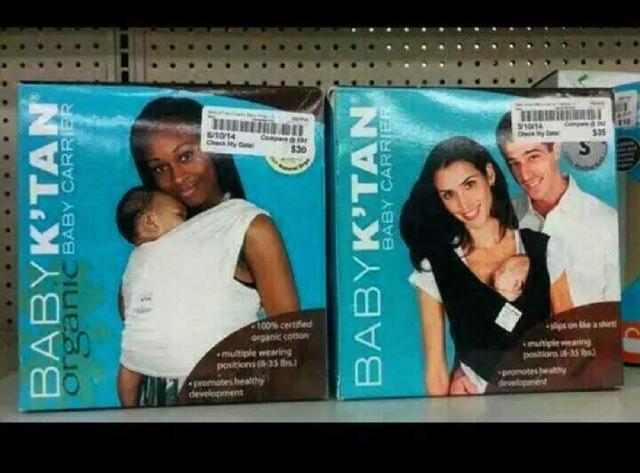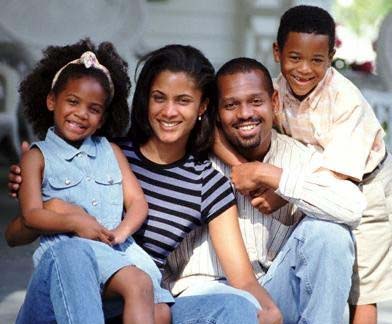When this seemingly innocuous commercial aired:[youtube]http://www.youtube.com/watch?v=kYofm5d5Xdw[/youtube]
no one anticipated the negative reaction, right?
Well, if one believes a major food producer, in 2013, was naive regarding social media, and the potential for strong reactions to a nontraditional ad, then that would be right. However, General Mills, the maker of Cheerios cereal, was not naive. They were not only aware of the potential reaction, they prepared for it:
Knowing the internet denizens would react, the company went with a family portrayal that was uncommon in TV ads, responding to increasing numbers of multiracial youth in the U.S. Translation: Cheerios held up a mirror to the country, one not normally seen in TV commercials. Does anyone honestly believe that was accidental?
It is not cynical to think two factors drove the Cheerios ad:
- 1) Folks tend to buy stuff that people who look like them use, and
2) There ain’t no such thing as bad publicity
Want proof that Cheerios meant to hold up that mirror of a changing American demographic? Check out their ad at the 2014 Super Bowl ad:[youtube]http://www.youtube.com/watch?v=LKuQrKeGe6g[/youtube]
Of course, not everyone reacted negatively and those that did, well, they just seemed unhappy with what the mirror showed.
Away from the TV screen, the imagery does not stop: [youtube]http://www.youtube.com/watch?v=cEsq9oXHIEw[/youtube]
This Staten Island woman’s unhappiness with Battat Inc.’s packaging differences between white and black “Our Generation” dolls alleges racism. But is the allegation true? It may depend on whether one is the “paying consumer” or the “intended consumer”.
There is a black doll with one outfit and no accessories in the box and, for the exact same price, a white doll whose box is “loaded with gear”. It looks like an overcharging of “paying consumers” who want a black doll. While it is unlikely (though not impossible) that black dolls cost more to make, it is more likely that a pricing error occurred; these things happen.
So, the “Our Generation” doll makers may not be trying to tell “Our Generation” anything, except that their distributors make mistakes. There is nothing to indicate that the Staten Island woman alerted store personnel to her concerns as the mother in Fayetteville, GA, did. Unfortunately, rarely do those called racist by “paying consumers” get the benefit of the doubt.
However, an “intended customer” can react to products differently. Abrianna received the same black doll that angered the Staten Island Target woman. Abrianna had no problem with what the manufacturer tried to tell her: [youtube]http://www.youtube.com/watch?v=Zs2zJ7zBI2w[/youtube]
She is not mad at the mirror presented by the “Our Generation” doll. I wonder if it is better to let Abrianna see her doll as like herself and beautiful, or to tell her that the manufacturer put an ugly message in a doll she believes looks like her?
Here is another item one might find on a department store shelf; should this marketing image displease anyone?

Two baby carriers, both made by the same company. Quite a few people on social media took issue with this, calling it obviously racist, among other things. But remember: Folks tend to buy stuff that people who look like them use. With that in mind, let’s consider some demographic information that was undoubtedly known to any marketing department.
The federal government’s 2011 data on U.S births showed 72.3% of black children, and 29.1% of white children, were born out-of wedlock. So, less than 3 in 10 black children were born into a nuclear family, while less 3 in 10 white children were born outside of a nuclear family.
Another way to interpret the data — in the U.S., you are about 2-1/2 times more likely to see this: 
than you are likely to see this: 
So, would you market a baby carrier to blacks showing a nuclear family, reminding them of what they likely are not, or would you “go with the flow” of the black single parent norm?
Of course, no marketing department, at any company, generated those statistics; they simply cannot ignore such demographic information when trying to sell products, including baby carriers. Baby K’Tan did not paint a picture of Americans when it created the images for customers to see when shopping; they held up a mirror to Americans, in hopes that they would see people like themselves using their product…and buy it.
It is common for people to become unnerved when they see portrayals of themselves with which they are not comfortable. Some will feel uneasy about “race mixing”, even as the mixing proportions increase. Some will assume the worst motives are behind simple mistakes, while others see positives in the same situation. Some will disbelieve what are demonstrable, yet uncomfortable facts, about themselves.
The trouble, however, is not in the portrayals; it is in the underlying truths that cannot be easily dismissed. So, the questions is: when “Mirror, Mirror” on the wall asserts that a person or group is NOT the fairest of them all, will folks get a grip on the truth, or get mad at the mirror?

